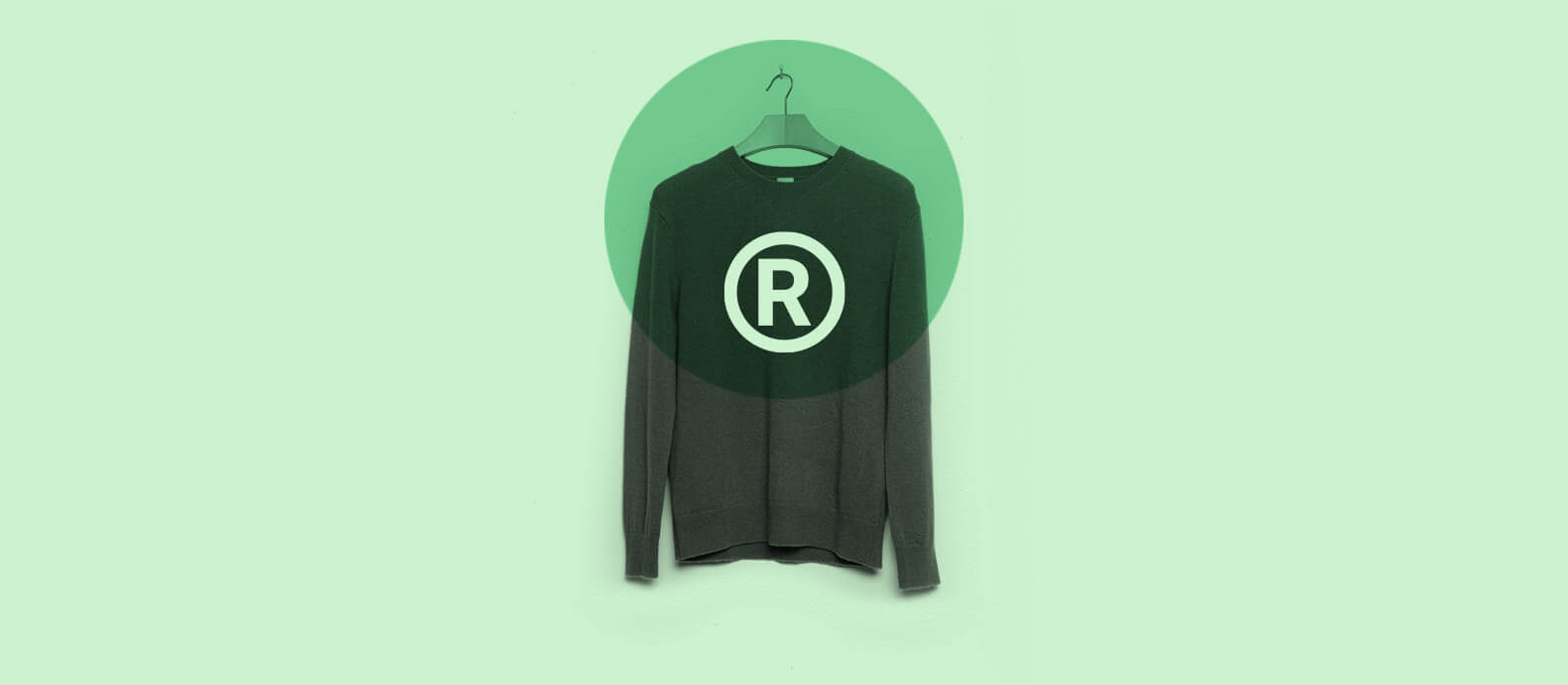
Table of Contents:
Last updated on: June 8, 2022
Applying for a patent for your clothing line is more than just keeping bad actors from profiting off of your branding. A patent prevents others from selling your ideas or manufacturing your ideas without your permission. It also helps boost your brand value, increase profits, and build a reputation for being unique and innovative in the industry.
A patent is a type of intellectual property that gives you the legal right as the owner to limit others from using, recreating, or selling your invention for a specified period of time.
You can also provide a license to other third parties to manufacture your clothing in exchange for a licensing fee. You can also subsequently sell your patented designs to another party.
It’s possible to patent your clothing line either through a utility or a design patent. The right type of patent will depend on your clothing line and the aspects of your product you are trying to protect.
Here are the main differences between design and utility patents:
Utility patents: With a utility patent, you can protect how a product works or how it’s used. So, if you have invented a different utility/ function for a clothing, you can get a utility patent for it. Ideally, it needs to include new technology or technique that can serve a useful and new purpose.
For instance, Diane Von Fürstenberg has several utility patents to protect the brand’s popular wrap dress which was invented in 1974. Similarly, Nike has a utility patent for its self lacing shoes.
Utility patents in the US stay valid for 20 years, from the date of filing.
Design patents: With design patents, you can protect the overall appearance and aesthetics of your products, instead of its utilitarian or structural features. For instance, you could patent a new shoe design that you have created to ensure no one copies it. Design patents in the US stay valid for 15 years from the date the patent is granted to you.
In order to get a design patent in the US, you need to meet the following requirements:
Both the types of patents allow you to hold the exclusive right and license to your product, but with different patent terms and a different scope of protection. Though it’s comparatively easier to get a design patent than a utility patent.
It can take up to 20 months to get an approval or rejection for your patent application from USPTO. Of course, that can be a big issue considering how quickly trends change in the fashion industry. By the time you get a patent for a clothing product, it might end up going out of fashion. It’s possible to expedite the process by paying extra but even with expedition, it would take around 10-12 months to get an approval for the patent.
Nevertheless, it is better to launch a patent protected product in the market than one without a patent to make sure none of your competitors can directly copy your products and get away with it.
The filing fees for patents depends on the type of patents you need and the kind of entity you have. In most cases, the patent fee gets reduced if you have established a micro or small entity.
For filing a utility patent, there will be the following fees involved
For design patent filing, here are the fees involved:
In addition to the fees above, you may also need to pay your attorney a fee in order to file the patents and there will be ongoing costs for maintaining the patents.
Before you even start the patent filing process, the first thing you need to do is make sure there isn’t already a patent for a similar idea as yours. For your patent to be approved, it needs to be unique and not infringing on anyone else’s intellectual property.
Next, you need to choose the right type of patent that you will need for your clothing line. The best way to make this choice is through the advice of an intellectual property attorney who can assess your specific circumstances and suggest an adequate protection strategy. As discussed above, utility patents can be obtained for specific kinds of inventions that have unique functionalities. On the other hand, design patents are meant for ornamental designs without any kind of functional benefit. You can also apply for multiple patents together.
You can either file your patent application online through the USPTO website, or through mail/ fax. It’s preferable to fill it up online in order to save time and track your application easily.
For your patent application, you will have to prepare all the required documents including scope, background, abstract, summary, and a detailed description of your designs.
There will be a patent examiner assigned to your patent case and you may receive requests from them for additional documents, if required. It can take anywhere between 10-22 months to get an answer from the patent office.
If your application is rejected, you can provide additional information and apply again. In case your application is rejected twice, you can also make an appeal regarding the same.
When you finally receive your patent approval, you can actively protect your clothing line by ensuring no one tries to copy your designs and get away with it. But getting a patent doesn’t automatically mean that no one will copy you. Getting a patent only means that you have the legal right to shut down any copycats or counterfeits. You still need to actively lookout for counterfeiters and protect your patent.
See how you can protect your intellectual property with Red Points effectively.
